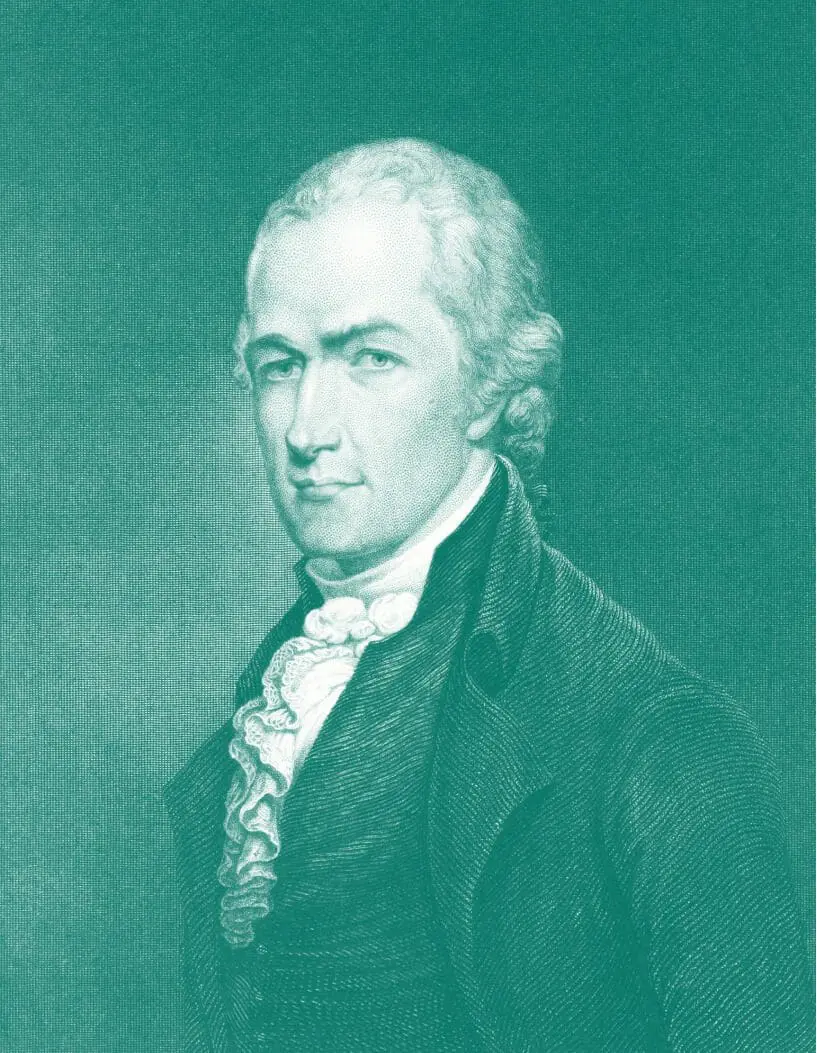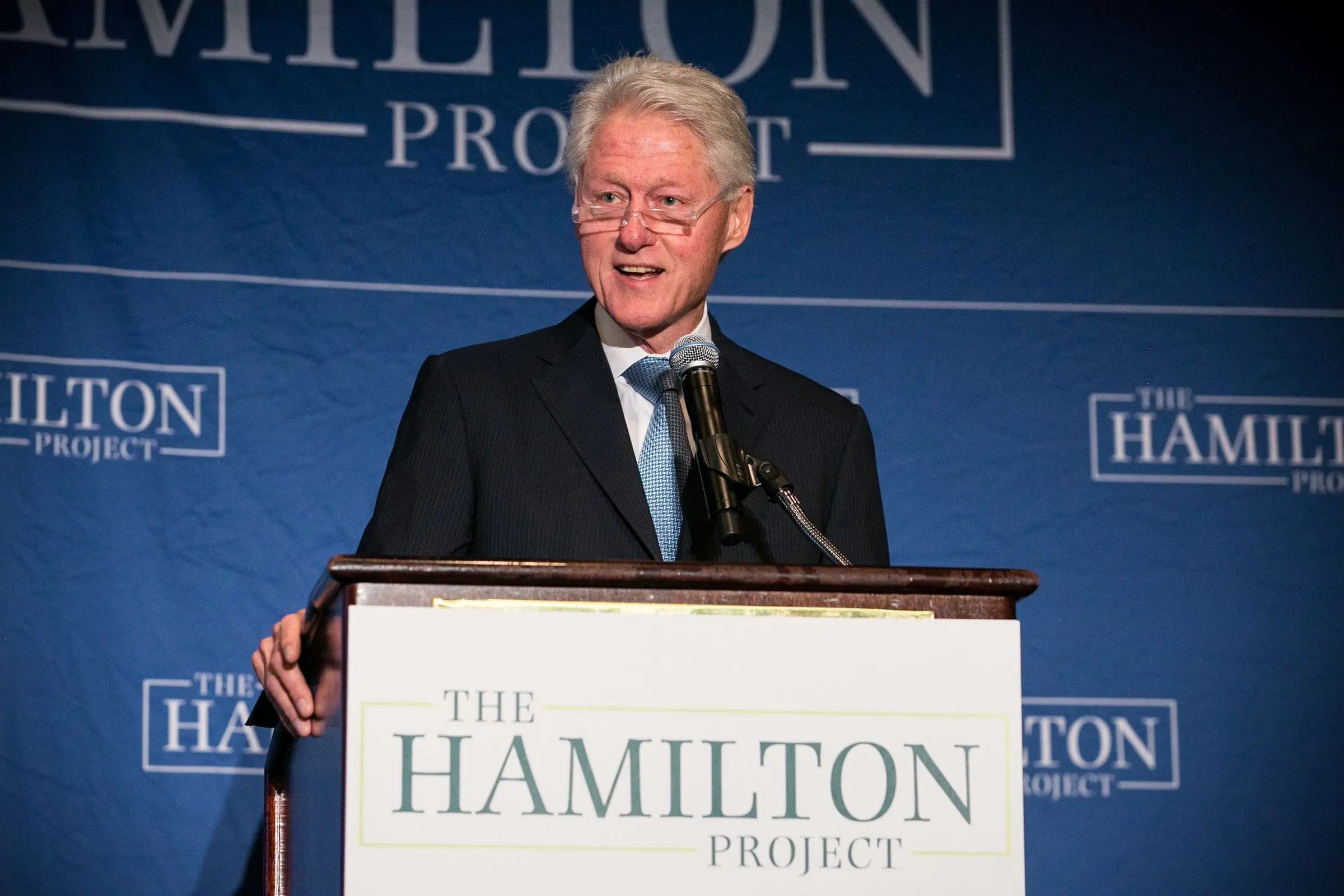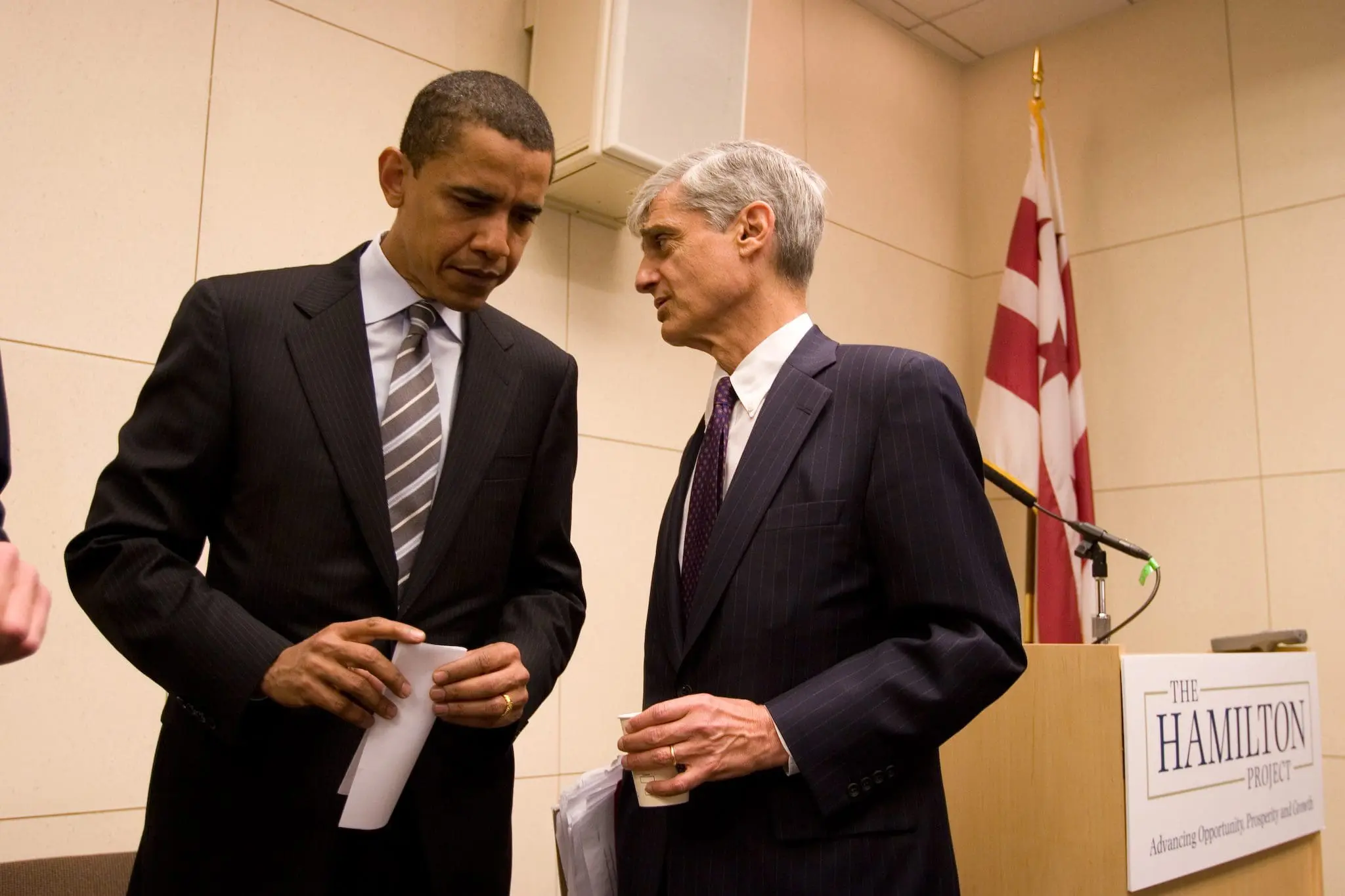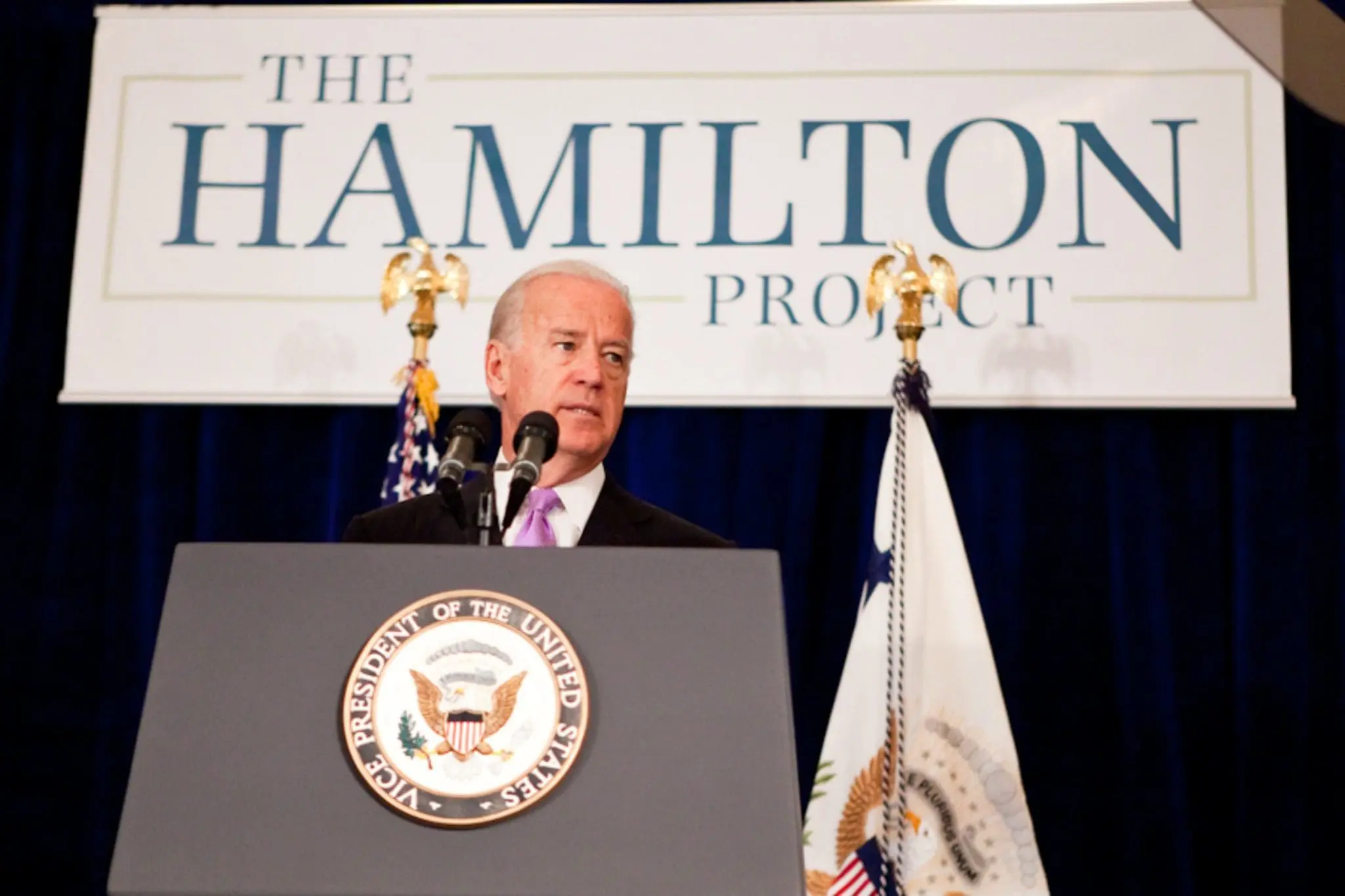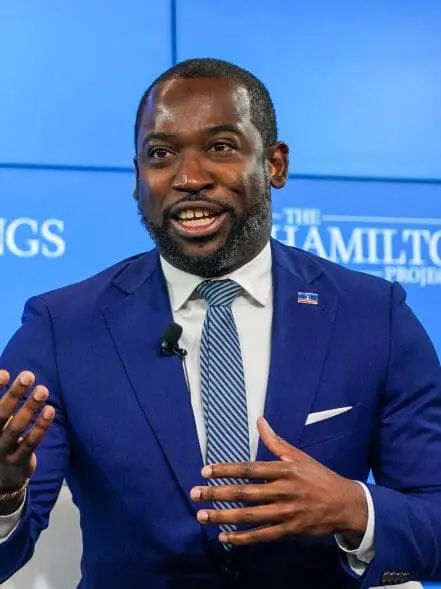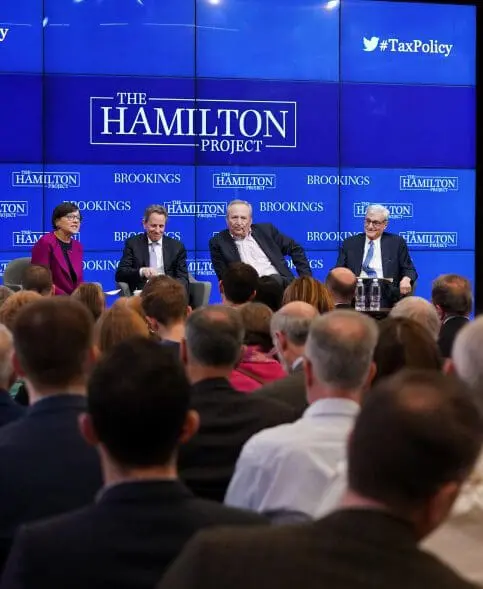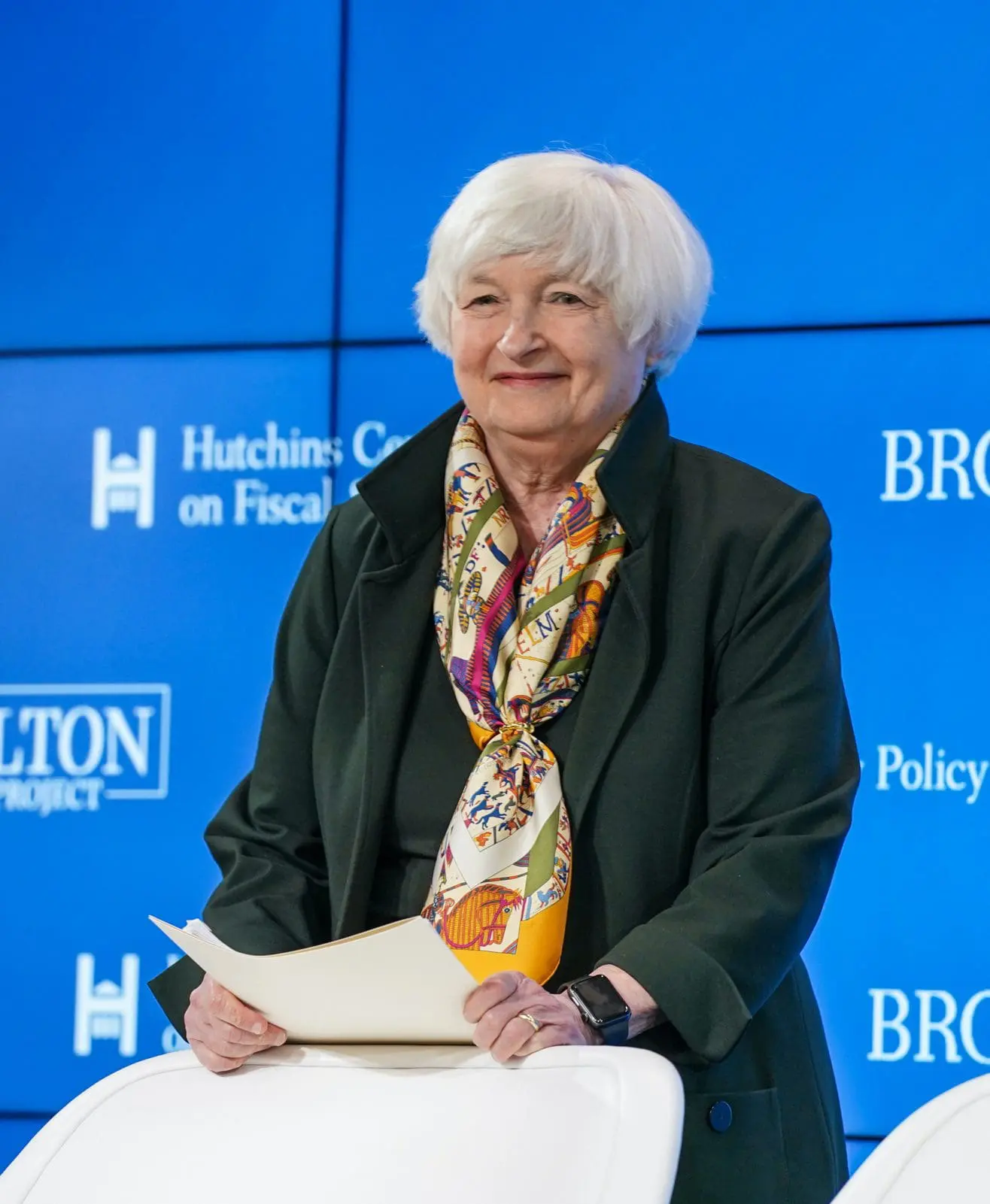Our Name
Why Hamilton
The Project is named after Alexander Hamilton, the nation’s first Treasury Secretary, who laid the foundation for the modern American economy.
An immigrant born into poverty and self-schooled in his early years, Hamilton symbolizes the traditional American values of opportunity and upward mobility that motivate the Project’s work.
